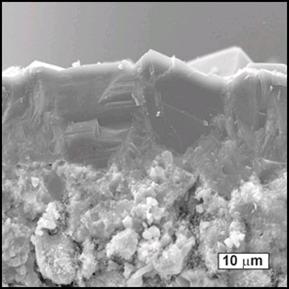In ARDIS 300 is applied plasmochemical method of diamond synthesis.
The process of diamond deposition from the gas phase consists of the following stages:
1) A mixture of hydrogen and hydrocarbon is fed into the chamber. A few percent of methane is typically used.
2) Gases are ionized by powerful microwave radiation, producing plasma.
3) Plasma products, notably atomic hydrogen and hydrocarbon radicals, interact with substrate surface.
4) Depending on substrate choice and growth regime, a wide variety of diamond materials can be grown. Typical process uses temperature above 1000 °C and diamond substrates for epitaxial growth of single-crystal diamonds. Polycrystalline diamonds and diamond coatings are typically grown on silicon substrates at 700+ °C.
ARDIS 300 utilizes heat-resistant and chemically stable materials like molybdenum, as well as precise control of parameters and plasma, to achieve stable and repeatable growth conditions for hundreds of hours.
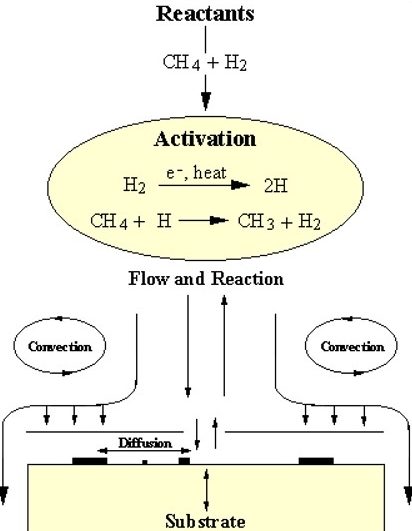
A schematic diagram showing the principle elements in the complex diamond CVD process.
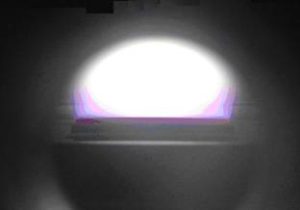
Microwave plasma process of diamond film growth.
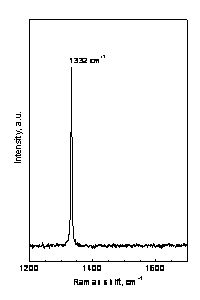
Raman spectrum of diamond plate optical quality.
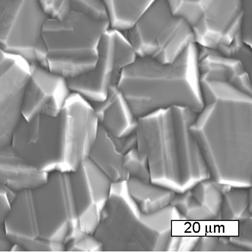
The diamond films microstructure.
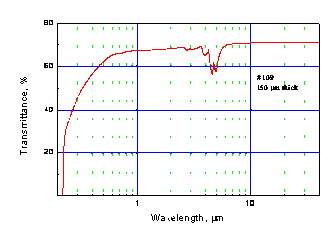
Optical transmission spectrum of polycrystalline diamond plate in UV, visible and IR regions.
